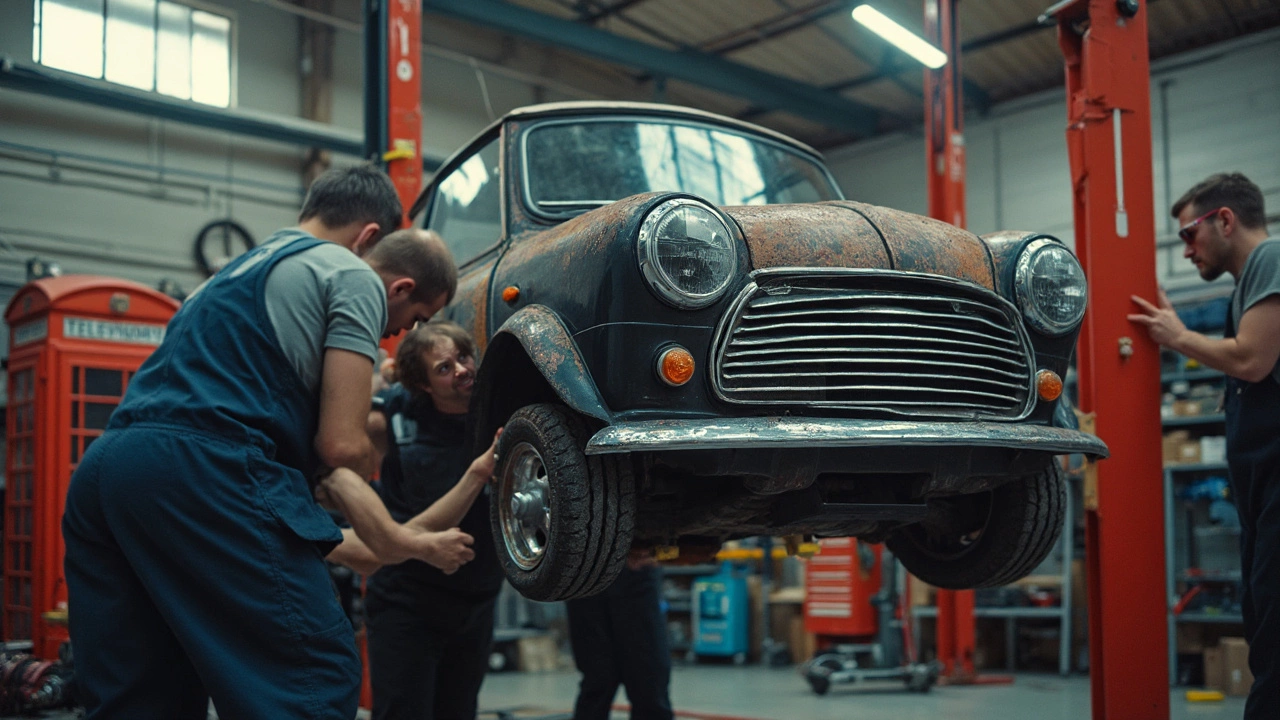Repair: Your Go‑to Resource for Fixing Cars & Boats
When talking about Repair, the process of fixing or restoring vehicle components to a safe, functional state. Also known as vehicle repair, it touches everything from engines to electrical systems. Repair isn’t just a chore; it’s the backbone of staying mobile, whether you’re cruising down a highway or sailing on a lake.
Key Parts That Shape Every Repair Job
One of the most common culprits is the clutch, a set of friction discs that connects the engine to the transmission. When the clutch wears out, you’ll feel slipping or a high‑pitched squeal, and the whole drivetrain suffers. Pair that with the brake, the system that slows or stops a vehicle using friction pads and rotors. Worn pads or warped rotors raise stopping distances and can damage the ABS sensor, turning a simple fix into a costly overhaul.
The radiator, the cooling component that circulates coolant to keep the engine from overheating often goes unnoticed until temperatures spike. A leaking or clogged radiator forces you to pull over, and ignoring it can ruin the head gasket. Meanwhile, the spark plug, the ignition part that ignites the fuel‑air mixture in each cylinder is tiny but mighty; fouled plugs cause misfires, poor fuel economy, and even catalytic converter damage.
These four entities—clutch, brake, radiator, spark plug—create a web of inter‑dependencies. Repair encompasses clutch replacement, brake service requires proper torque settings, radiator health influences engine longevity, and spark plug condition affects overall performance. Understanding how they link lets you spot problems early, decide when a DIY fix is safe, and know when to call a professional.
Below you’ll find a curated list of articles that break down each of these topics. From spotting clutch wear to testing spark plugs, from deciding when to resurface rotors to recognizing radiator overheating signs, the collection gives you actionable steps, cost estimates, and real‑world tips you can apply today. Dive in and arm yourself with the knowledge to keep any vehicle—car or boat—running smoothly.

How Long Does It Take to Change a Fuel Pump?
Mar 2 2025 / Fuel PumpsReplacing a fuel pump might seem like a daunting task, but understanding the process and time involved can make it more approachable. The time it takes to remove and replace a fuel pump varies based on car make, model, and accessibility of the pump. Factors such as whether it's located inside or outside the fuel tank play a huge role. On average, the job can take anywhere from a few hours to a full day. Knowing the tools you'll need and the basic steps can help you tackle this repair more confidently.
VIEW MORE